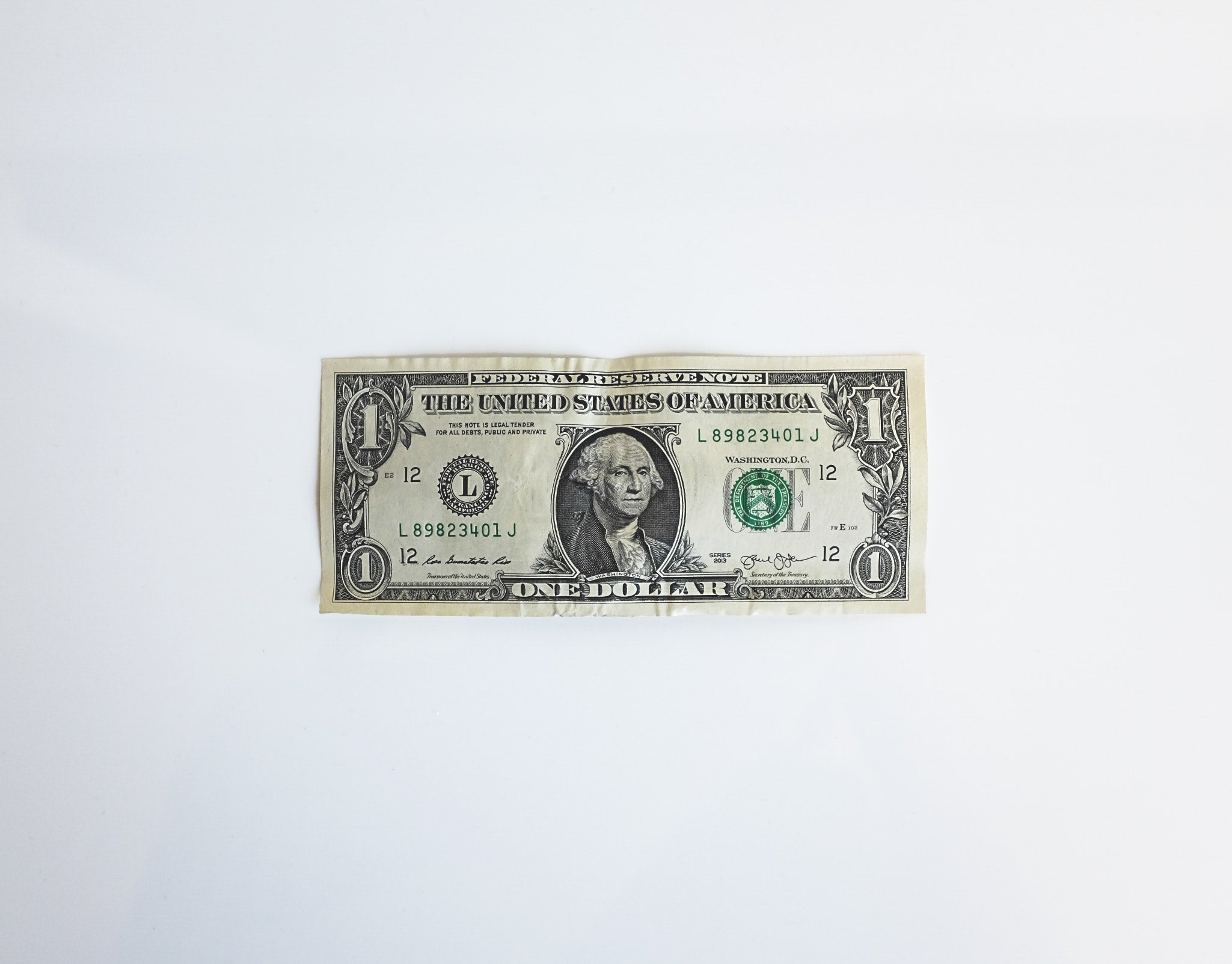One of the most frustrating elements to saving is that it requires consistent vigilance and constant thought. If vigilant, virtually every purchasing decision requires some mental calculation balancing wants and needs, spending and saving. In reality though, like many Americans, my purchasing decisions and credit card bill varied wildly month to month. On one hand, splurging but fearful that I wouldn't be able to cover my expenses and on the other hand aggressively saving but not supporting my basic needs. In some cases, friends of mine were stuck in one gear or the other, spend averse or spend intoxicated neither of which appeared healthy.
In order to better moderate my month to month spending I realized I needed a clearer idea of what how much lee way or discretion I had between these two extremes. In order to do this, I needed to determine two values:
1. Minimum Viable Budget (minVB) - The lowest I could expect my credit card bill to be in any given month.
2. Maximum Viable Budget (maxVB) - The highest I could expect my credit card bill to be before I started to accumulate debt.
Over the the course of this article, we will walk your through how to use two simple tools to calculate each of these values for yourself and then integrate them into your day to day to reduce the burden of saving.
How to calculate minVB (~10 min)
In order to derive your minVB, you are going to need a recent credit card bill and to make a copy of this spreadsheet. Once you have both paste the text expenses of the bill into the spreadsheet following the directions to populate the rest of the cells. Then categorize each of your spend items as wants or needs. This is an important distinction because needs will encompass your minimum viable budget, so at the risk of sounding pedantic needs are defined as follows:
Needs - Basic transportation, health, grocery, or hygiene costs that are needed each month. Include some entertainment or dining out line items here as well to account for some level of socializing.
Wants - Everything Else
Once you have categorized all of your expenses, see cell Q17 for the sum of all of your spending "Needs" for that given month or your Minimum Viable Bill. This is the least of amount of money you should expect to spend in a given month, it is not realistic to expect your credit card bill to be $0. Using the example in the sheet, mine is $1,057.
How to calculate maxVB (~2 min)
Calculating your maxVB is much easier as no categorization is required. Simply fill out column C in this sheet, with your monthly income and spend expectations, changing your credit card spend as $0. Cell C16, although labeled savings, will populate with your Maximum Viable Budget. In this case, $3,430.
What is this useful for?
Effectively all we have done here is reduce your credit card bill down to the essentials to determine the minimum. Then calculate given your income minus your non credit card expenses (usually car, housing, utilities etc.) to determine the maximum credit card bill you can afford. These two values are critical because the difference between them is your Discretionary Spend. The amount of money that you can choose what you want to do with. Knowing this number explicitly can help to bring more clarity to your everyday financial decisions. Let's walk through a practical example to demonstrate this value.
My minVB and maxVB are $3,430 and $1,057 respectively, meaning that I have $2,373 monthly in theory that I can choose to spend how I wish. But let's round this down to $2,000 to account for any variation in prices for my "needs" and any unplanned costs.
Let's also assume that I decide that I am going to try and save $1000 a month and automatically deposit that in my savings account. This means that I have $1000 in discretionary spend a month to make decisions against. This can materialize in a few ways:
1. It rules out large purchases over that figure. - You simply can't afford to spend more than $1000 on travel a month.
2. It enables you to bound your "wants" in very clear dollar terms - $1000 is equal to 5 dinners out a month, 10 massages, or 3 shopping trips or more realistically some combination of the aforementioned.
3. It sets you up to plan ahead- Knowing the nature of your discretionary spend (its magnitude and frequency) can help you preemptively or in real time orient your spend to fall within your budget. By planning and actively scheduling these wants in your calendar you can better balance your social life while also having the peace of mind that you are on budget.
By implementing this process into my own life and periodically updating my own income or spend inputs as they change, I have been much more successful balancing my spending and saving and significantly reduced the cognitive load of managing my expenses.
Thanks for reading! If you liked what you read, check out our Medium or continue reading the other articles at hioutputblog.com. As always feedback, questions, and content submissions are more than welcome at submissions@hioutputblog.com.





Leave a comment
All comments are moderated before being published.
This site is protected by hCaptcha and the hCaptcha Privacy Policy and Terms of Service apply.